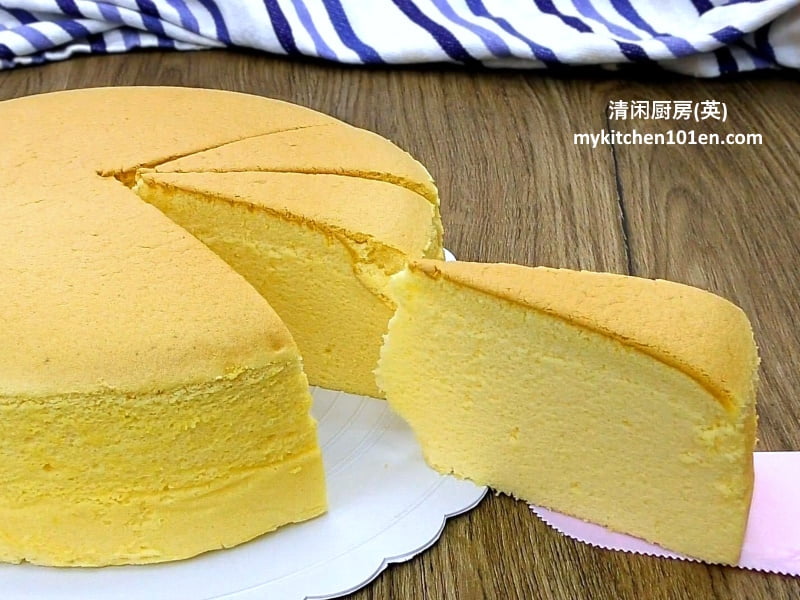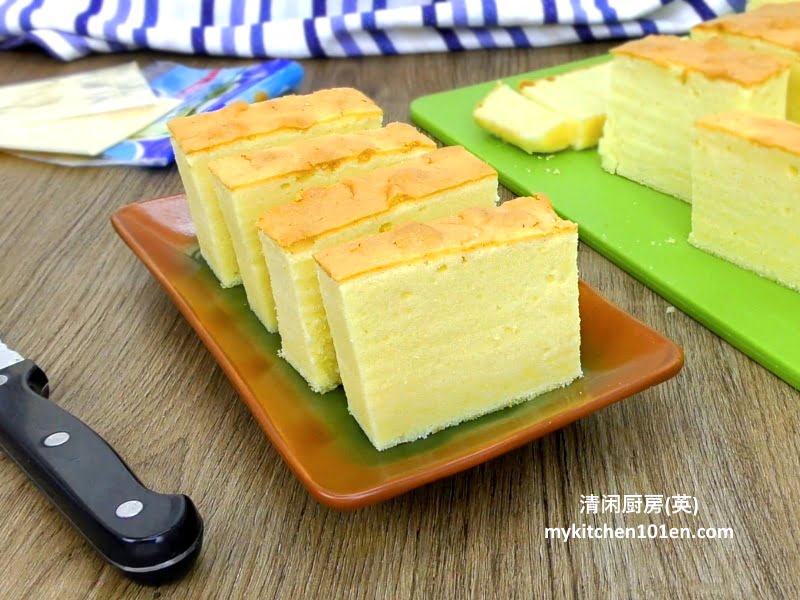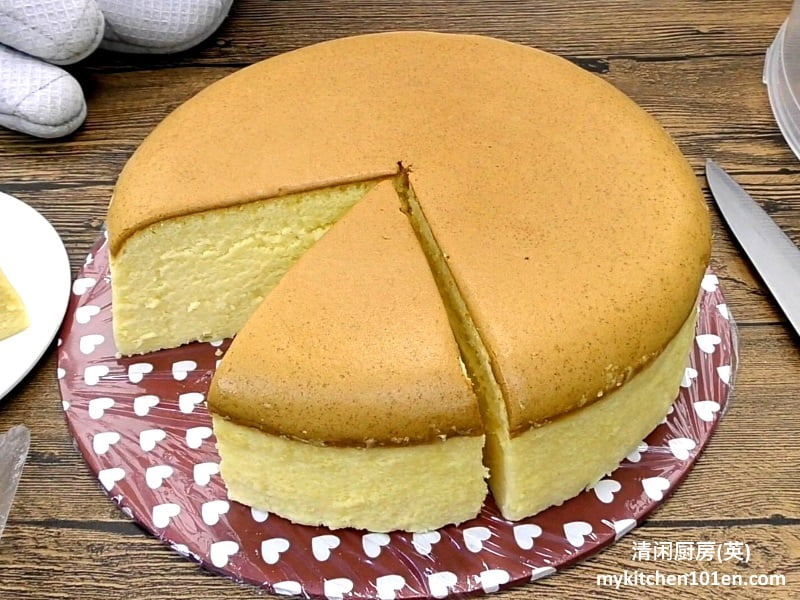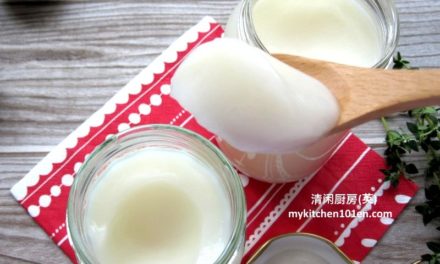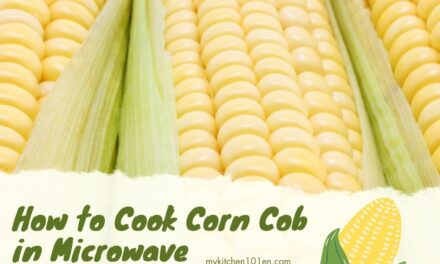What is Japanese Cheesecake?
Japanese Cheesecake isn’t just another dessert; it’s a true work of culinary art that’s won over sweet tooths all around the globe. Unlike its Western counterparts, Japanese Cheesecake doesn’t settle for richness alone.
What sets it apart? It’s all in the texture and taste. Imagine a cheesecake that’s as light as a cloud and delicately flavored, making it a standout from the more traditional, denser cheesecakes. It’s a gentle embrace of cream cheese, eggs, and sugar, whisked to perfection and baked with care.
But here’s the catch: crafting that perfect, airy consistency might give you a run for your money. It’s not impossible, though! We’ve put together 15 must-know tips that’ll guide you step by step. With a little patience and these expert insights, you’ll be on your way to whipping up the most heavenly Japanese Cheesecake.
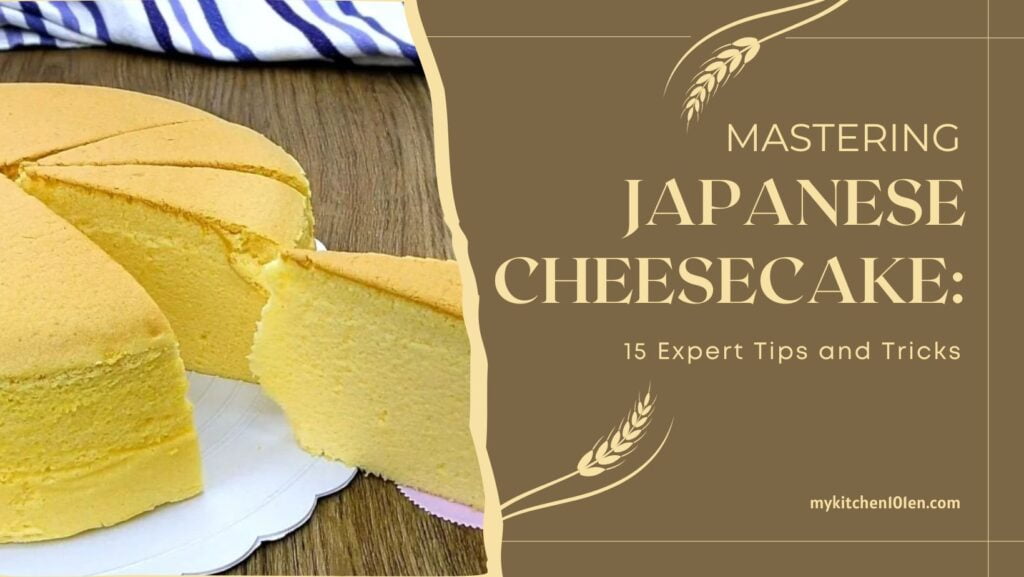
Table of Contents
The Evolution of Japanese Cheesecake
Traditional Japanese Cheesecake:
- Origins & Ingredients: Influenced by Western cheesecakes, traditional Japanese Cheesecake focused on simple ingredients like cream cheese, eggs, and sugar, often using a water bath for baking.
- Texture & Flavor: Known for its light, cotton-soft texture and subtly sweet flavor, it stood apart from denser Western cheesecakes.
Modern Takes on Japanese Cheesecake:
- Global Influence & Flavors: Modern variations have embraced diverse flavors, from chocolate to tropical fruits, and even savory elements like cheddar cheese.
- Techniques & Presentation: Innovations in baking techniques and artistic presentations have led to a wide array of textures and aesthetics.
The journey of Japanese Cheesecake from its traditional roots to contemporary variations showcases the adaptability and creativity in the world of baking. Whether you stick to the classic recipe or try out new twists, these tips will help you make this delicious dessert even better.
[ads1]
15 Tips for Making the Perfect Japanese Cheesecake
Making Japanese Cheesecake can be a delightful yet delicate process. Here are important tips to help you achieve the best results:
- Use Room Temperature Ingredients: Ensure that ingredients like cream cheese, butter, eggs, and milk are at room temperature before mixing. This helps in achieving a smooth and well-incorporated batter.
- Avoid Over-Mixing: When folding the meringue into the cheese mixture, be quick but gentle and avoid over-mixing, as this can deflate the meringue and result in a denser cake.
- Sift the Flour: Sifting the flour and cornstarch ensures there are no lumps in the batter, leading to a smoother texture.
- Water Bath (Recommended): Using a water bath will help the cake bake evenly and prevent cracking.
- Avoid Opening the Oven Frequently: Resist the temptation to open the oven door often, as fluctuations in temperature can cause the cake to crack or collapse.
- Cool Gradually: Allow the cake to cool gradually in the oven with the door slightly ajar to minimize shrinkage and cracking.
- Tap to Remove Air Bubbles: Tapping the pan on the countertop before baking helps to remove large air bubbles, ensuring a uniform texture.
- Monitor Baking Time: Depending on your oven and whether you’re using a water bath, you may need to adjust the baking time. Keep an eye on the cake and perform a skewer test to check for doneness.
- Refrigerate Before Serving: If you want clean slices, consider refrigerating the cake for a few hours before cutting.
- Follow the Recipe Precisely: Japanese Cheesecake is a bit more finicky than other cakes, so following the recipe measurements and instructions precisely can make a big difference in the outcome.
- Flavor it up: If you want to give this recipe a little something extra, feel free to play around with different flavors like matcha, vanilla, or citrus zest.
- Grease-Free & Water-Free Equipment for Meringue: Ensure that the bowl and whisk used for the meringue are completely free of grease, water (as well as egg yolk), as any of these can prevent the egg whites from whipping to the right consistency.
- Do not overwhip the egg whites: Always whip the egg whites until soft peaks form.
- Quality Ingredients: Use high-quality cream cheese and fresh eggs for the best flavor and texture.
- Serve at Room Temperature: While refrigeration helps in slicing, serving the cake at room temperature brings out its soft, fluffy texture.
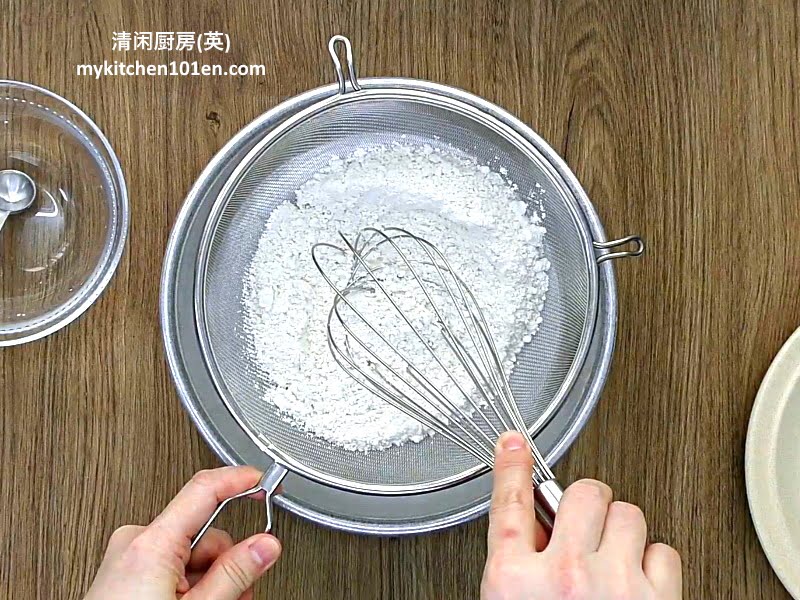
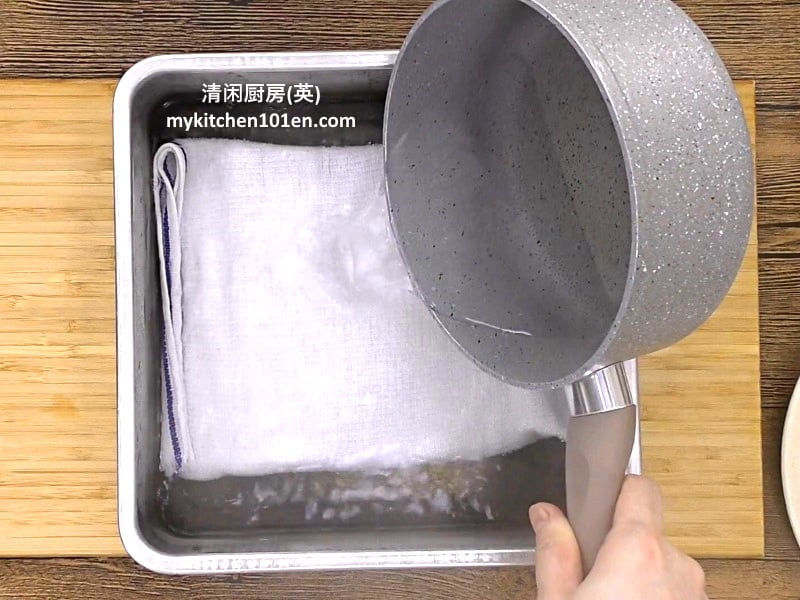
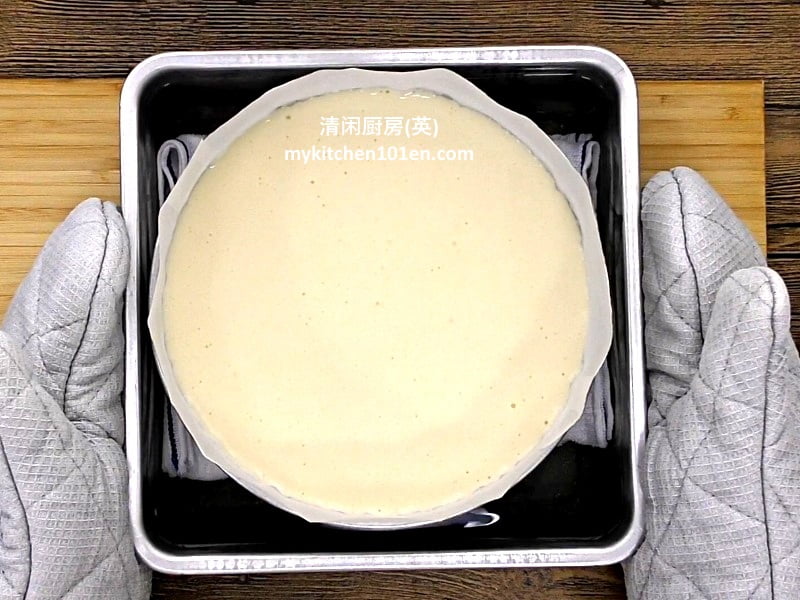
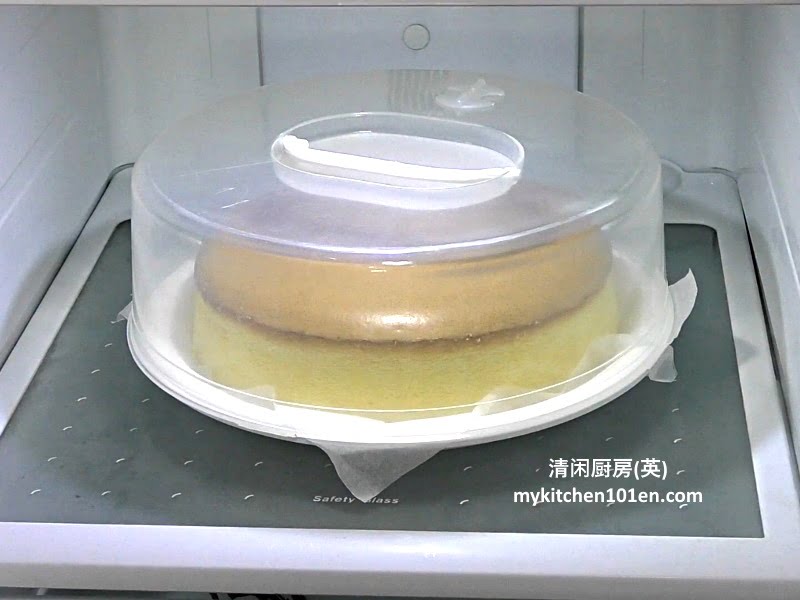
If you follow these guidelines, you will have a Japanese cheesecake that is as airy, delicious, and distinctive as the dessert itself. Enjoy your baking!

Related Recipe:

FAQ (Frequently Asked Questions)
Can I make Japanese Cheesecake without a water bath?
Yes, you can, but I do not recommend it. The cake may crack, altering its texture and appearance.
What if I don’t have a springform pan?
While a springform pan is recommended for easy unmolding, you can use a regular cake pan. Just be sure to line it well with parchment paper, extending above the rim, to help with removal.
Can I add other flavors to the cheesecake?
Absolutely! Feel free to experiment with flavors like matcha, vanilla, or citrus zest. Just be mindful of the quantities to maintain the cake’s delicate texture.
Why is my cheesecake cracking on top?
Cracking can occur due to over-mixing, baking at too high a temperature, or sudden temperature changes. Follow the tips in the blog, such as using a water bath and cooling the cake gradually, to prevent cracks.
Can I make this cheesecake ahead of time?
Yes, Japanese Cheesecake can be made a day ahead and refrigerated. Just be sure to let it come to room temperature before serving to enjoy its soft, fluffy texture.
What’s the best way to store leftover cheesecake?
Store any leftover cheesecake in an airtight container in the refrigerator. It should keep well for up to 3 days.
Can I use low-fat cream cheese?
While it’s possible to use low-fat cream cheese, it may alter the flavor and texture of the cake. For the best results, stick to full-fat cream cheese as specified in the recipe.
How do I know when the cheesecake is done?
The cheesecake is done when it’s set but still slightly jiggly in the center. You can also perform a skewer test; if it comes out clean or with a few moist crumbs, the cake is ready.

